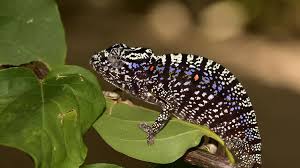There has been a slight delay in articles going up due to my family being away for half term. We actually went to Devon to the region that beavers have just been given the right to remain.
Due to the fact that they are largely nocturnal, we did not actually see the animals (we did not take our night vision equipment), however something that we did have success with was finding beaver dams.
One of the most significant groups of people who have been constantly against beaver reintroduction has been farmers. Thankfully, there are some loud voices coming from the farming industry who are fighting against the scientific lies being spouted, suggesting that a native mammal would destroy our countryside..
The dams we found were all within woodland alongside farmland. Beavers tend to dam streams running into rivers. This behavior retains water within the land, which is hugely beneficial in two ways. The first is locally: by retaining water in the land, it is there for the farm, and the local area, meaning that short droughts have far smaller impacts. The second is more widespread: we have had increasing problems with flash floods over the last few decades, and this can be blamed on a number of issues including housing build on flood plains, however beaver dams greatly slow the rise in floods, because the water takes longer to work into the rivers. This therefore means that the water levels never reach difficult or dangerous levels. The third is environmental: Farms use a large number of chemicals, from pesticides to fertilizers. While these benefit our farmers, allowing them to grow more crops, we do not want these in the food chain. Generally these chemicals will settle to the bottom of water if it is not moving fast, so the dams operate as a sieve, removing things that would be bad for humans to consume further downstream.
One of the things that impressed me the most was the dam flood was fully enclosed within the woodland, so while it is true that farmland was at times only meters from the flooding, it was unaffected. Whats more, this would be the case in the majority of the country. Farmers do not plant crops in areas too close to streams- this is for a simple reason, that know that this land is likely to be waterlogged. Indeed this is why there is often little copses of trees in steep valleys, and these little copses are perfect habitat for beavers. Their presence allows more water to be retained within the farm. It also increases biodiversity making the farm far less likely to suffer loss from the natural world.
To see my pictures of the dams, as well as the photos of beavers from earlier this summer, and indeed to book your own visit to the area please look at the link below.













